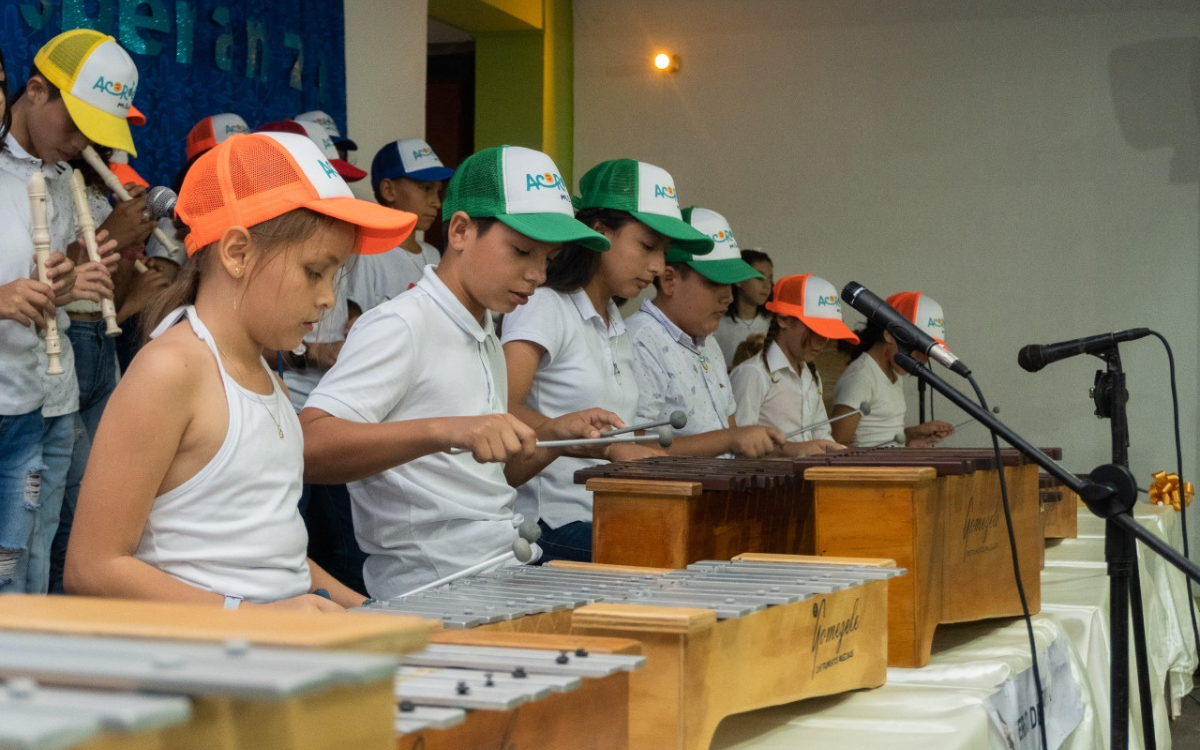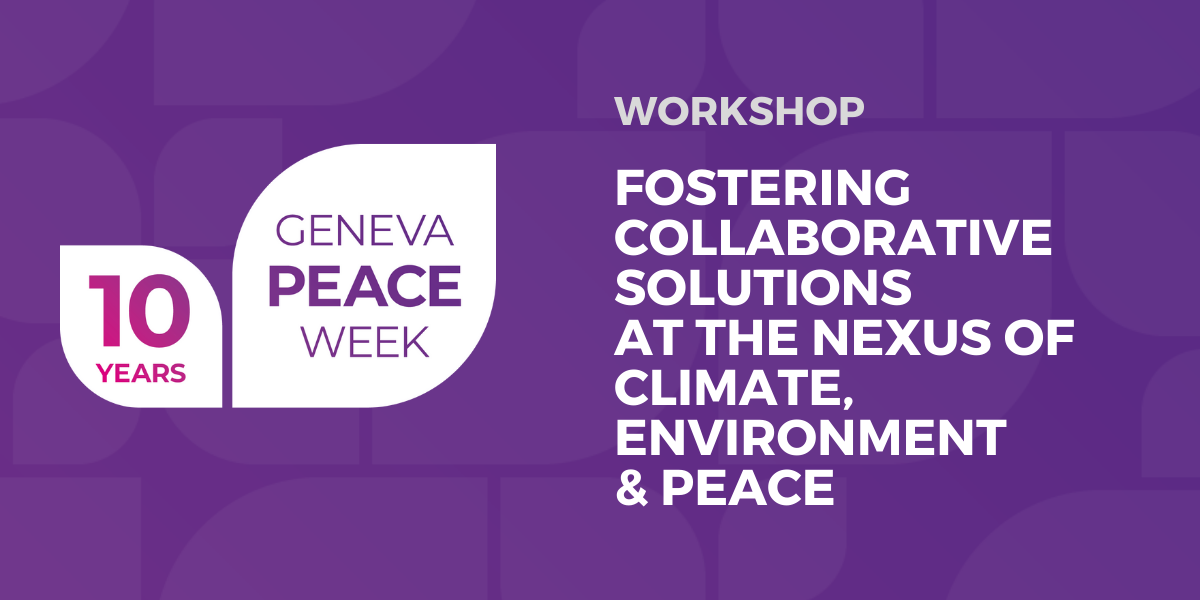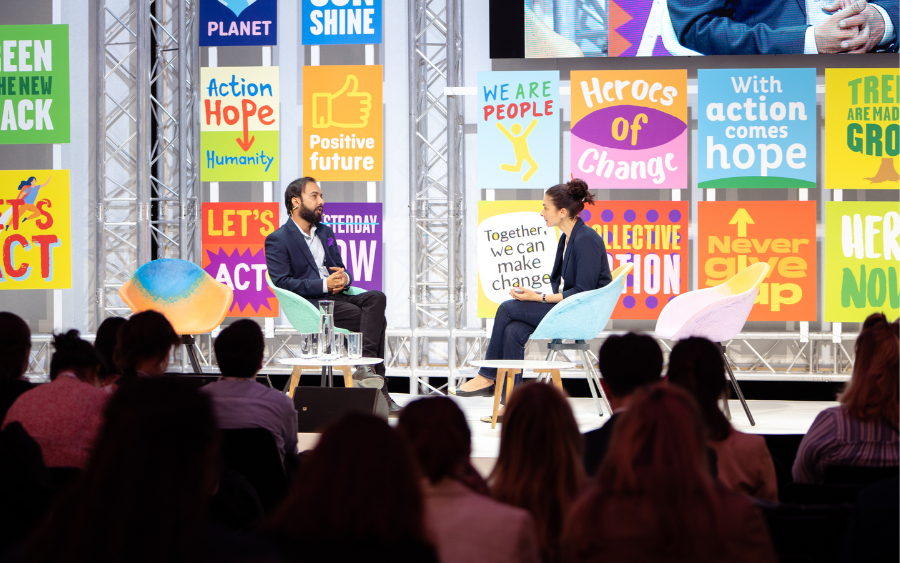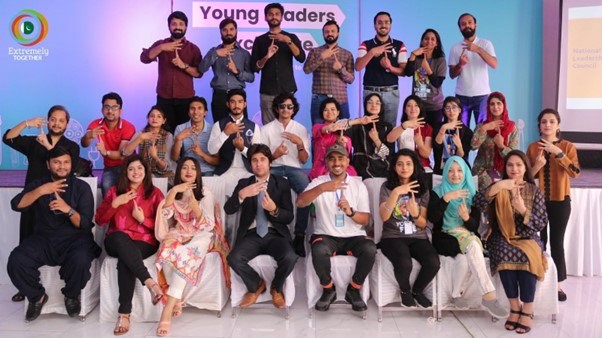Challenging the Conventional: Can Post-Violence Reconciliation Succeed?
Remarks given by Kofi Annan at the opening of the high-level symposium “Challenging the Conventional: Can Post-Violence Reconciliation Succeed?” in Bogota, Colombia on 5 October 2017
Let me preface my remarks by thanking the Government of Finland and the Bosch Foundation for their generous support in making this event possible. I also want to thank Scott Weber and his colleagues at Interpeace for their partnership on this project and for their support in preparing the symposium.
With the global landscape in a period of uncertainty and upheaval, this symposium is timely. Over the past decades, the United Nations, the international community and individual nations have struggled to find the right responses to the devastating legacies of conflict. Ending violence is a major challenge of our time. The significant reduction in violent conflict witnessed since the end of the Cold War is now at risk. We therefore need to get better at ending violence and sustaining peace. In this endeavour, reconciliation is an essential tool. Reconciliation is both retrospective and proactive. It addresses the causes and consequences of conflict and prevents its recurrence. Given that half of post-war countries lapse back into conflict in the first decade after the end of fighting, the preventative dimension of reconciliation is of utmost importance. We therefore need to strengthen our peacebuilding techniques and approaches. Today, reconciliation is an element in almost all peace agreements. But there is a lack of understanding of what actually works in advancing reconciliation. Even supposed reconciliation success stories are now facing new challenges and increasing levels of violence. This symposium is an opportunity to pause for reflection, learn from the various processes of reconciliation in which each of you have been involved, and ensure that reconciliation practices are relevant and effective.
Reconciliation is a fascinating and complex concept – one that cannot be simplified. Reconciliation means different things to different people because individuals and communities are affected by violence and peace in different ways. Reconciliation can be seen as a process, an aspiration and an outcome. The case studies prepared for this symposium depict four different contexts and reconciliation experiences. The report on the Democratic Republic of Congo demonstrates that innovative reconciliation processes are not reserved purely for a post-conflict context. Some early intervention models, even in the midst of violent conflicts, have proved impressive in building bridges and repairing damaged relationships at the local level. In such a context, reconciliation can an important ingredient of conflict resolution.
By contrast, in countries that emerge from violence, the emphasis is likely to be put on truth seeking and redressing human rights violations. In countries with a history of post-conflict reconstruction, such as South Africa, Guatemala and Northern Ireland, the transformative objective of reconciliation becomes more imperative. The demands on the individuals and institutions involved in such reconciliation initiatives is daunting. Reconciliation is expected to transform relationships, contribute to the establishment of a social contract between the state and the people, and address economic inequality and structural faultlines.
When I travel to post-conflict countries, I often hear disappointment about progress on reconciliation. But reconciliation is a long-term process, not an event. For it to succeed, everyone must be committed. If it is not promoted with sincere intentions or if complicated realities are reduced to sensational headlines, the process is doomed to fail.
As Nelson Mandela said, “In the end, reconciliation is a spiritual process, which requires more than just a legal framework. It has to happen in the hearts and minds of people”.
Unfortunately, the gap between popular expectations and realistic achievement does sometimes lead to disappointment or even disillusionment.
One of the obvious lessons of this experience is that the objectives of reconciliation efforts should be made clear from the outset and revisited on a regular basis. Another lesson is that the local populations most affected by the violence need to be put at the centre of reconciliation efforts. They must be engaged from the very beginning, from the design, to the implementation, and the assessment stage. Reconciliation efforts should not focus only on rebuilding damaged relationships between individuals and groups, but also strengthen the relationship between state and society. However, every post-violence situation has some unique characteristics; there is not a single recipe for success. The key is to make sure that those who develop reconciliation processes know the critical questions they should ask themselves.
That is the contribution this symposium, with your help, seeks to make.
I hope that the outcome of today’s deliberations will aid peacebuilders, present and future, to design and implement reconciliation initiatives with greater success. On the basis of what we discuss today let us try to give them better tools for preventing conflict and sustaining peace.



